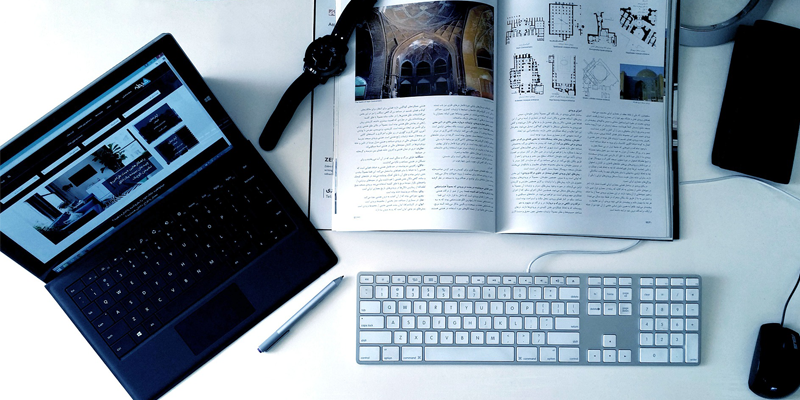
In today’s competitive market, branding design has become more than just creating a logo or choosing a color scheme. It’s about crafting a visual identity that resonates with your audience, tells a story, and stands out in a sea of competitors. To achieve this, businesses must move beyond the basics and embrace next-level design, cutting-edge techniques, and rare insights that truly make a difference.
Elevating Your Branding Design to the Next Level
Branding design starts with understanding the core values and mission of your brand. A well-crafted brand identity reflects these elements consistently across all platforms, from your website to social media profiles, packaging, and advertising materials. But what does it mean to take your branding design to the next level?
1. Personalization and Storytelling
Consumers today crave authenticity and personal connections with brands. By incorporating personalized elements into your branding design, such as custom illustrations or unique typography, you can create a distinct identity that reflects your brand’s story. Storytelling plays a crucial role in this process, allowing you to convey your brand’s journey, values, and vision through visuals that resonate with your audience.
2. Responsive and Adaptive Design
In the digital age, your brand needs to be versatile across various devices and platforms. Responsive design ensures that your branding elements, like logos and typography, adapt seamlessly to different screen sizes and resolutions. This adaptability helps maintain a consistent brand experience, whether your audience is engaging with your brand on a mobile device, tablet, or desktop computer.
3. Emotional Branding
Next-level branding design taps into the emotions of your audience. Colors, shapes, and imagery evoke specific feelings, which can influence consumer perceptions and behavior. For instance, using soft, pastel colors might evoke a sense of calm and trust, while bold, vibrant hues can convey energy and excitement. Understanding the psychological impact of design elements enables you to create a brand identity that resonates on a deeper level.
Cutting-edge techniques in Branding Design
Staying ahead in branding design requires embracing new technologies and innovative approaches. Here are some cutting-edge techniques that can give your brand a modern, dynamic edge:
1. Motion Graphics and Animation
Static logos and images are becoming a thing of the past as brands increasingly turn to motion graphics and animation. These dynamic elements can bring your brand to life, making it more engaging and memorable. Whether it’s a subtle animated logo or a full-fledged video introduction, motion adds depth and dimension to your brand’s visual identity.
2. 3D Design and Virtual Reality
With advancements in technology, 3D design and virtual reality (VR) are making their way into branding design. 3D elements add a sense of realism and sophistication to your visuals, creating an immersive experience for your audience. VR takes this a step further, offering an interactive platform where users can explore your brand in a virtual space, enhancing brand engagement and loyalty.
3. Augmented Reality (AR)
AR is another innovative tool that brands are using to enhance their design. By incorporating AR elements into your packaging or marketing materials, you can create interactive experiences that captivate your audience. For example, scanning a product package could reveal a 3D model, additional product information, or even a branded game or experience, further connecting your audience with your brand.
Rare Insights: Understanding the Nuances of Branding Design
Branding design is not just about following trends; it’s about understanding the nuances that can set your brand apart. Here are some rare insights that can elevate your approach:
1. The Power of Minimalism
In a world cluttered with information and visuals, minimalism can be a powerful tool. By stripping away unnecessary elements, you allow the core message of your brand to shine through. Minimalist design is not about oversimplification; it’s about clarity and focus. A clean, well-executed minimalist brand identity can convey sophistication, elegance, and confidence.
2. Cultural Sensitivity and Inclusivity
As brands expand their reach globally, cultural sensitivity in design becomes increasingly important. Understanding the cultural connotations of colors, symbols, and imagery is crucial to ensuring that your brand resonates with diverse audiences. Inclusivity in design also means representing different demographics in your visuals, making your brand more relatable and welcoming to a broader audience.
3. Consistency is Key
While innovation is essential, consistency is the backbone of a strong brand identity. Every element of your branding design, from color schemes to typography and imagery, should align with your brand’s voice and values. Consistency builds recognition and trust, making it easier for consumers to identify and connect with your brand across various touchpoints.
Conclusion
Branding design is a dynamic field that requires a deep understanding of both the creative and strategic aspects of visual identity. By embracing next-level design, cutting-edge techniques, and rare insights, you can craft a brand that not only stands out but also resonates deeply with your audience. In a world where first impressions matter, investing in advanced branding design is key to long-term success.








